A Pilot's Guide to Inflight Icing
Module I - Before You Fly
Aircraft Design for Icing
Section: Design
Start This SectionDesign Aircraft Design for Icing
Some aircraft appear to collect more ice than others. Ice doesn't seem to affect some aircraft as adversely as it does others. There are aircraft-specific and operational factors that influence an aircraft's susceptibility to the effects of icing. Some of these factors are:
Wing Design
Thrust Margin
High Lift Devices
Control System Design
Ice Protection Systems
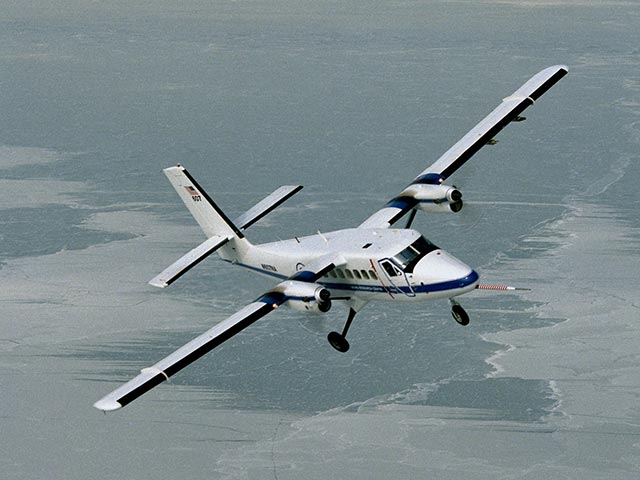

Design can influence an aircraft's susceptibility to icing
Related Information
Ice adds minimal weight. The weight of the ice accretion is negligible compared to the weight of the aircraft. The increase in weight due to ice is somewhat counterbalanced by the loss of fuel.
Design Aircraft Design for Icing
Wing Design
Wings that are thin or have sharp leading edges are more efficient ice collectors. For this reason, smaller, thin airfoils may accrete more ice faster than larger, thick airfoils. A large transport aircraft will accrete proportionally less ice than a smaller aircraft traversing the same icing environment.
Also, if the leading edge radius of the wing decreases from root to tip (as it frequently does in swept or tapered wings), the ice accretion will be proportionately greater near the tip. When contaminated with ice, wings with this design may experience flow separation at the tip before the root. Note that this is exactly opposite the way clean wings are typically designed to experience flow separation. Thus, when you fly these types of aircraft, you could lose aileron effectiveness before total wing stall, increasing the probability of an uncommanded roll and greater difficulty in regaining control.
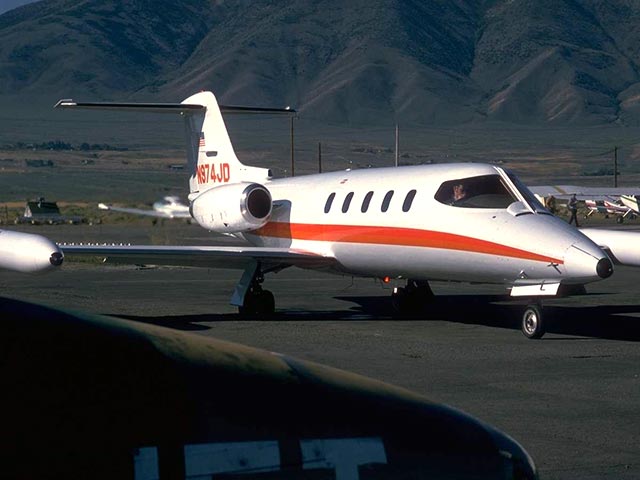

Thin wings are more efficient ice collectors
Design Aircraft Design for Icing
Thrust Margin
Turboprop and piston powered aircraft tend to fly and climb slower, with lower cruising altitudes than jet aircraft. Since icing conditions are more common at lower altitudes, they will generally encounter icing conditions more often and for longer durations than jet aircraft. They are also more susceptible to the adverse effects of icing on performance.
Jet aircraft, with their higher thrust margin, usually fly and climb faster with higher cruising altitudes. While jets will typically spend less time transiting areas of icing conditions, they are just as susceptible to the effects of icing when they do encounter it.
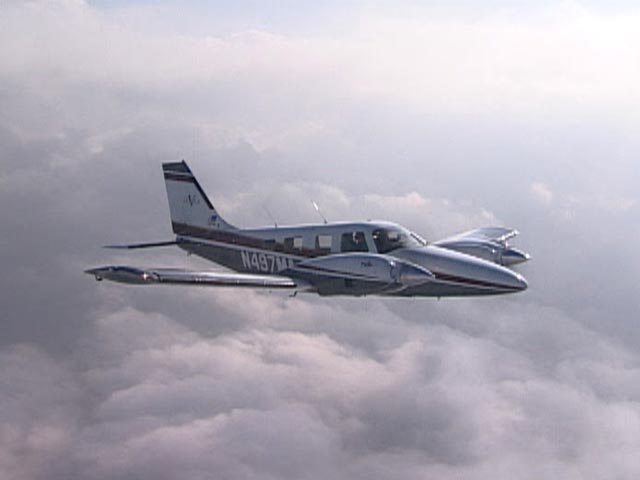
Seneca in flight
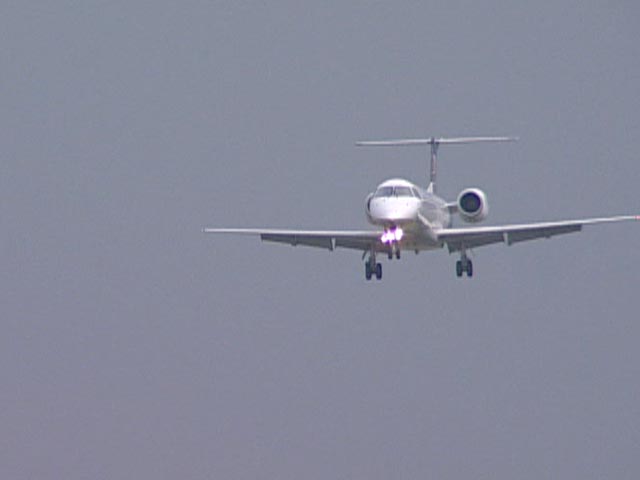
Regional jet final approach
Design Aircraft Design for Icing
High Lift Devices
Extending leading edge slats on an ice contaminated wing increases the lift capability of the wing. For a given wing cross-section, one with a leading edge high lift device is less sensitive to the effects from ice contamination for those phases of flight when the device is deployed - takeoff and landing.
Flaps are another form of high lift device. However, aircraft designed for very slow flight with large flap deflections can be more susceptible to tailplane stall than other aircraft. The large flap deflections produce a great deal of wing downwash on the tailplane surfaces.

Jet at take-off
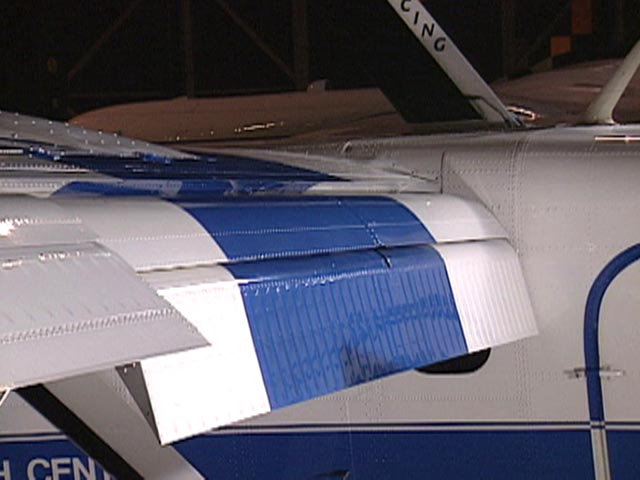
Flaps at full extension
Design Aircraft Design for Icing
Control System Design
Aircraft that rely on aerodynamic forces to keep stick forces neutral (i.e., those in which the horizontal stabilizer has a fixed leading edge and the elevator is aerodynamically held in position by an adjustable trim tab) have been particularly susceptible to tailplane icing incidents/accidents.
Aircraft with trimmable stabilizers, where the angle of the whole forward surface can be changed, have been less susceptible to tail plane stall events; however, a trimmable stabilizer should not be considered a guarantee that a tail plane incident will not occur.
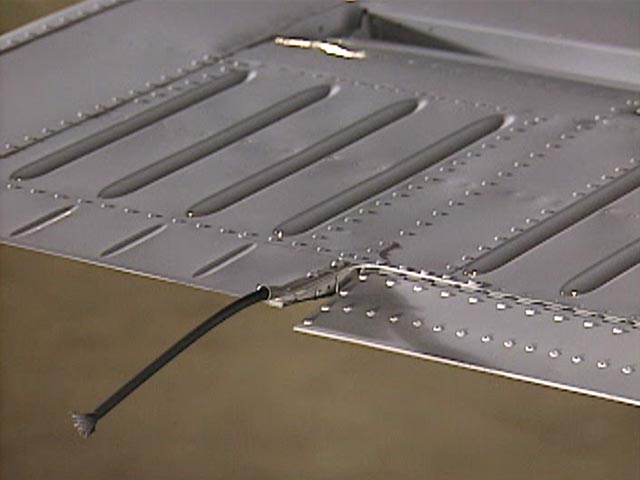
Elevator trim tab
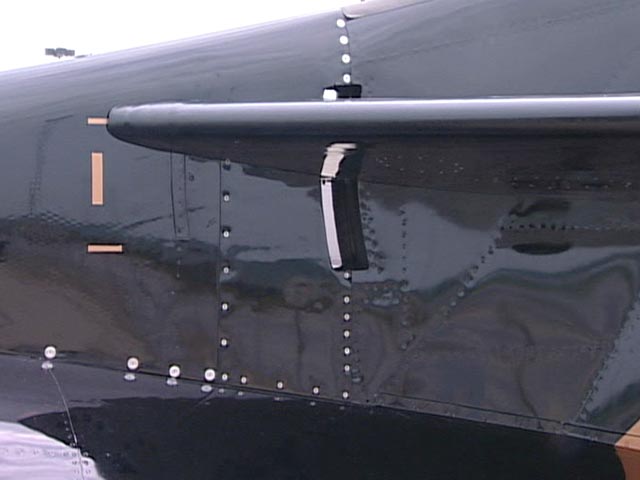
Metroliner trimmable stabilizer
Design Aircraft Design for Icing
Some aircraft seem to be more susceptible to airframe icing than others. The reasons for this are not well understood and probably involve multiple factors. For example, there seems to be a complicated interaction between the details of the wing design (e.g., taper ratio, twist) and its relation to the fuselage.
You may wish to search the Airworthiness Directives database for ADs issued for your aircraft regarding ice protection systems and operations in icing conditions. You may also wish to search accident/incident databases for icing events involving your aircraft.
Links to several icing accident/incident reports and databases are available in the resources section of this site's main page.

Check the Airworthiness Directives for your model of aircraft
Design Aircraft Design for Icing
Warning

Various aircraft on ground
Related Information
Michael Hudson, Former EMB-120 Pilot